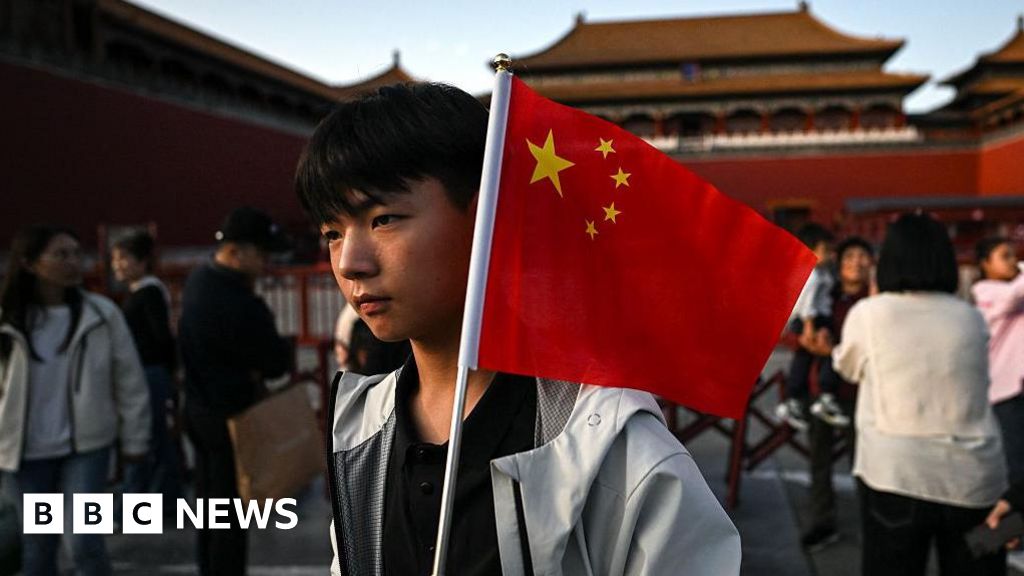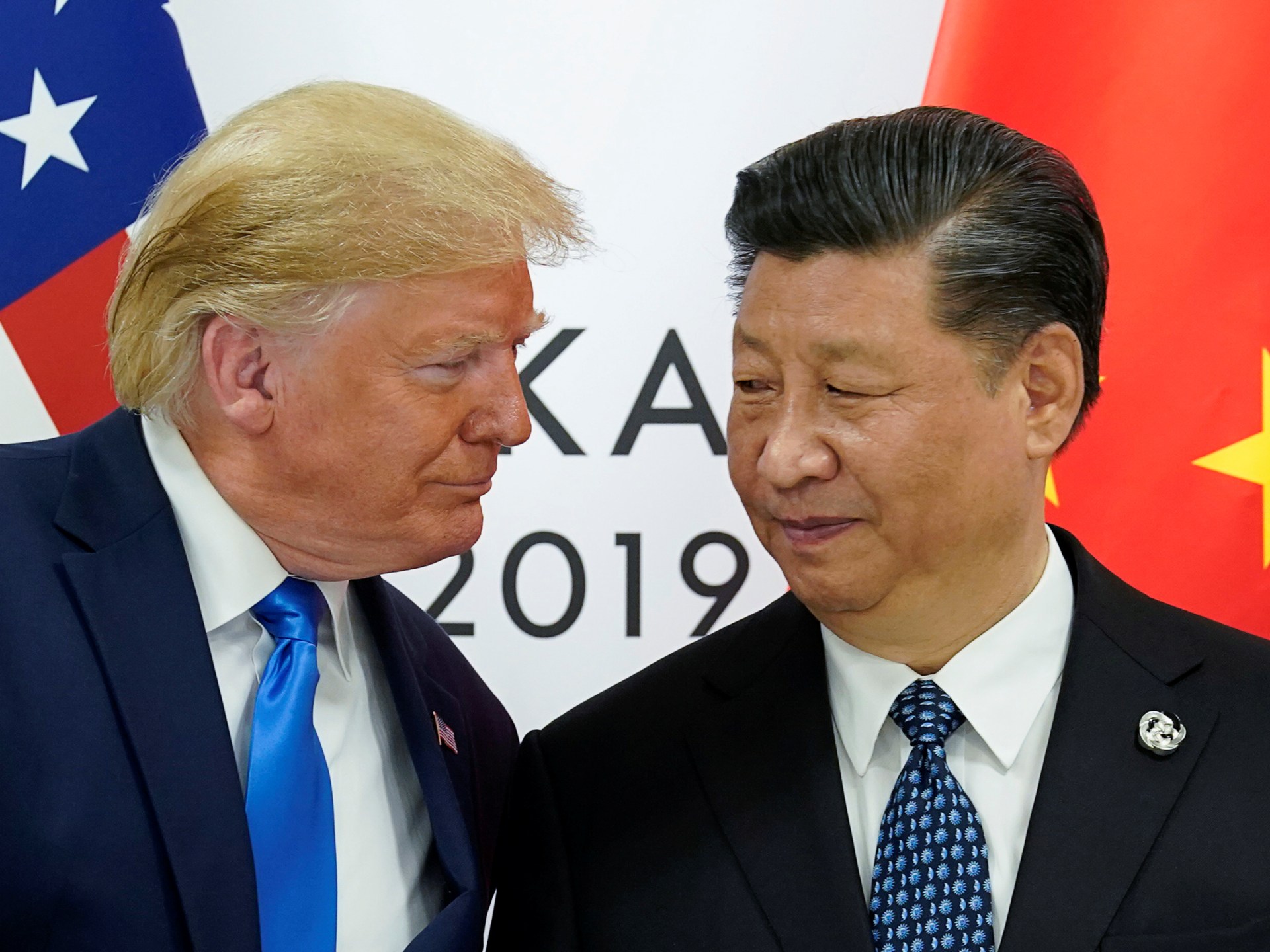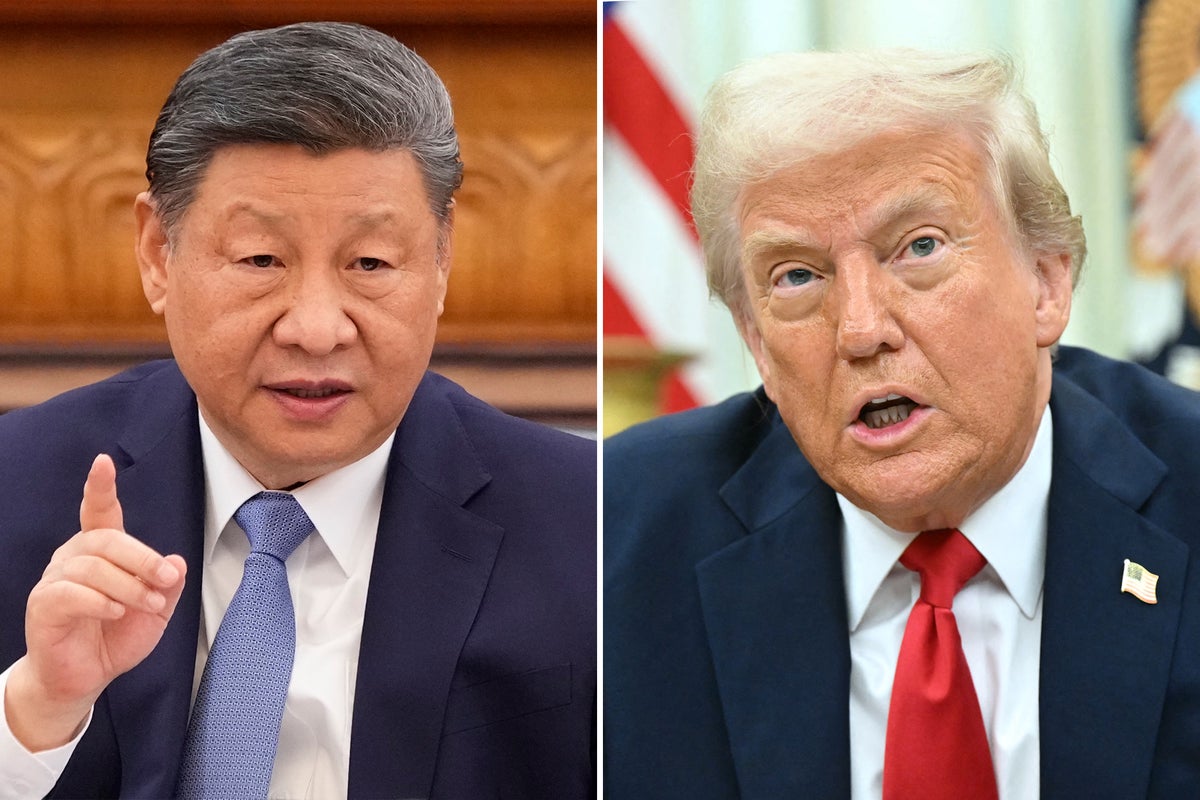Stephen McDonellChina correspondent
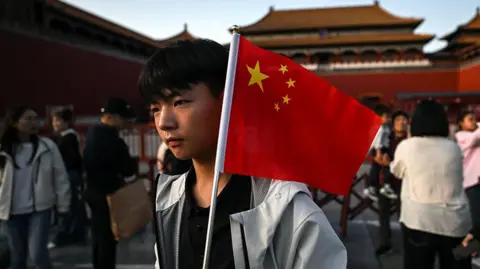 Getty Images
Getty ImagesA four-day meeting of hundreds of Chinese Communist Party (CPC) delegates, chaired by General Secretary Xi Jinping concluded on Thursday, with the release of a communique.
The broad document highlights major points in the next five-year plan for China’s economic development.
Here are three of the main things we have learned from the meeting and what the communique says:
The corruption purge may be larger than we thought
China watchers have been looking at the official numbers regarding attendance this week.
You would need a pretty good excuse not to turn up to a Plenum session chaired by Xi. For example, very serious illness.
And yet, of the 205 members of the Central Committee, only 168 were there.
We know that one has died and 10 have already been purged.
That leaves 26 missing cadres.
Do these missing members mean that more senior Party officials have been taken down in the latest “anti-corruption” drive than have been reported?
On top of this there are also dozens of missing “alternate” delegates. These are non-voting positions for people who can fill missing slots as required.
Names of those not in attendance have not been provided, but it is not a small number of missing delegates. This has led to wide speculation that they too have been purged in the latest sweeps from the Party’s feared internal discipline inspection teams.
In the military alone the numbers are stark.
It seems that of the 33 generals who are members of the Central Committee, 22 did not attend the plenum. This might include the eight who have been removed officially but where are the other 14? Who are they and what happened to them?
With China’s opaque system of governance, sometimes questions like these are never answered.
What is clear though is that the Party was clearing the decks in the days leading up to this gathering so such dismissals could be made official, including the expulsion of He Weidong who was number three in the PLA.
Political analysts will argue though as to whether this represents strength or weakness on General Secretary Xi’s part. Are these the acts of a paranoid leader concerned that power blocks might be forming beyond his control, or the firm hand of a figure prepared to take down those who act improperly irrespective of their rank?
Either way, it seems there will be no letting up.
At a press conference on Friday, the Director of the Central Policy Research Office, Jiang Jinquan, said the Party would “maintain an unwavering tenacity with no finish line in the fight against corruption”.
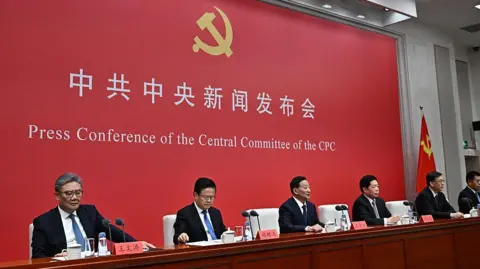 Getty Images
Getty ImagesTechnological self sufficiency
When Donald Trump and Xi Jinping meet in South Korea next week, they will be discussing the considerable trade frictions between the two superpowers.
At the pointy end of this, China wants better access to US computer chips and advanced software and the US wants better access to China’s rare earths and magnets. The problem is that both sides are reluctant to provide them because they will assist in boosting the other’s economic and political strength.
So, Beijing needs other sources for its high-tech requirements, leading naturally to the conclusion: when in doubt develop it yourself.
A key objective listed in the communique was the achievement of “substantial improvements in scientific and technological self-reliance”.
Then – just to make it really clear – the read out from the Communist Party’s trusted Xinhua wire service again referred to “self-reliance”, stating: “The country should achieve greater self-reliance and strength in science and technology and steer the development of new quality productive forces”.
Xi Jinping’s catchphrase of “new quality productive forces” gets used a lot in Chinese government documents. It encapsulates the drive for homegrown, high-level, technological advances – often with military applications – which are to emerge in partnerships between the private sector, state-owned enterprises and the People’s Liberation Army.
It is all about more tech, better tech, hopefully without any reliance on the Americans.
Locals must be convinced to buy more
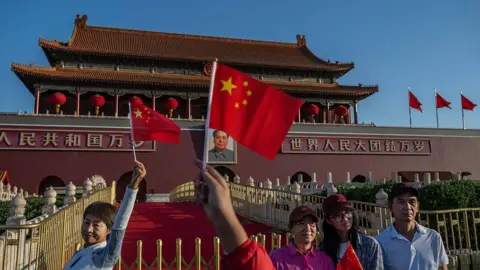 Getty Images
Getty ImagesAnother impact of the trade war with the US has been the loss of export markets. This has been a heavy blow to an economy which has been, and remains, heavily reliant on selling goods overseas.
Well before the tariff conflict with the Trump administration, academics had been warning China that it needed to rebalance its economy, placing a much greater emphasis on domestic consumption as opposed to exports.
The thinking was that it was not sustainable, in the long run, to have such a low proportion of GDP made up by the Chinese people’s consumption rates as they stood.
Trump’s tariff assault on the world has brought this into sharper focus. New charges on the import of Chinese made goods have slowed some of them being sold in the US.
While China’s exporters have proven to be more resilient than Trump predicted – finding new global buyers to make up for lost American orders – the problem has not gone away.
The thinking is that with such geopolitical uncertainty, this is the time for China to turn to its huge domestic population to give its economy a shot in the arm.
According to the official readout from this Plenum, it has been determined that the country “should build a robust domestic market and work faster to foster a new pattern of development”.
But how?
These five-year-plan documents are usually more of a broad vision for the economy, rather than a specific set of measures. However, many analysts say that nothing has emerged from this meeting to indicate that the government has any fresh ideas to actually drive domestic consumption.
In short, how do you get people to save less and spend more when they are worried about the real estate crisis and high youth unemployment?
The Party can talk about “building a robust domestic market” but it needs solid solutions.
